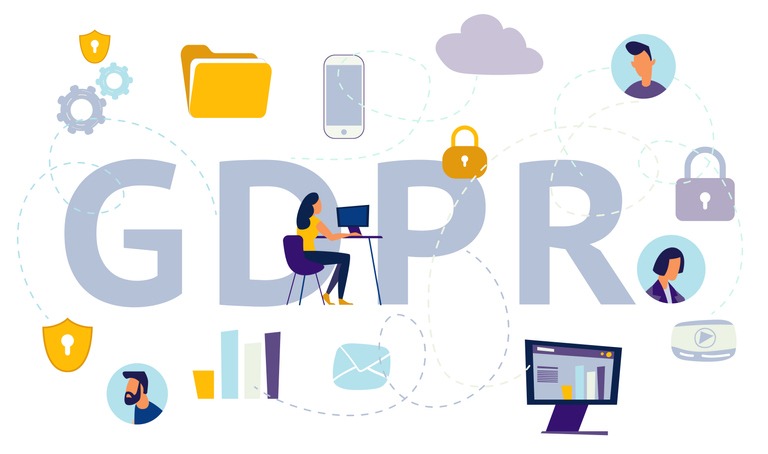
It is imperative that schools take active measures to ensure their data stays private – here’s why
CREDIT: This is an edited version of an article that originally appeared on GDPR
Educational institutions handle vast amounts of personal data, ranging from pupils’ and parents’ information to safeguarding details and even financial data. As schools navigate this landscape, ensuring robust data privacy measures becomes imperative to prevent risks, penalties, and reputational damage. Let’s delve into the key data privacy challenges faced by schools and provide actionable insights to fortify data protection within the education sector.
Navigating Data Privacy Challenges
Processing Diverse Personal Data Educational organizations process various categories of personal data, encompassing:
- Contact details of pupils, students, staff, volunteers, and carers.
- Health information.
- Employee references.
- Safeguarding information.
- Pupil exam references and results.
- Staff HR data.
- Disclosure and Barring Service (DBS) information.
Incorporating these data sets into school operations poses data privacy challenges, which we explore through real-world examples.
Balancing Privacy with Practicality
Photographs for Identification
Utilising photographs for student identification introduces data privacy concerns. Photographs, as personal data, should be used with a clear purpose and documented processing rationale to ensure compliance. However, coupling student photos with names creates vulnerabilities, potentially exposing students’ identities to unauthorised individuals.
Managing Extra-Curricular Activities
While beneficial to students’ development, extra-curricular activities demand careful data handling due to their non-essential nature. With no direct applicability of public interest or official authority, schools must rely on a different lawful basis, such as legitimate interest. A comprehensive understanding of these bases ensures compliant data processing.
Steps to Bolster Data Privacy in Schools
Crafting Comprehensive Privacy Notices
Creating comprehensive privacy notices facilitates transparency and empowers data subjects and their guardians to comprehend data processing procedures. This document outlines the purpose, source, duration, and data subjects’ rights related to data processing.
Tailoring age-appropriate privacy notices ensures clarity across various student age ranges.
Solidifying Contractual Agreements
Collaborating with third-party service providers demands clearly defined contractual agreements to safeguard personal data. These contracts should outline the supplier’s commitment to act solely based on documented instructions, secure approval for sub-processors, and ensure data deletion or return upon contract completion.
Implementing Data Protection Impact Assessments (DPIAs)
Conducting DPIAs is pivotal when embarking on projects involving personal data processing, such as adopting new software. This assessment identifies and mitigates potential data protection risks, ensuring that the chosen processing methods are both necessary and proportionate. By adopting technical and organizational measures, schools can effectively lower the identified risks.
Harmonising Technical and Organisational Measures
Technical measures such as anonymisation, pseudonymisation, and enhanced security controls must align with complementary organisational measures. Strengthening data protection involves revising policies, enhancing staff training, updating privacy notices, and ensuring contracts remain up-to-date.
Conclusion: Empowering Data Privacy for Educational Excellence
Navigating data privacy challenges in educational settings demands a multifaceted approach. By understanding the intricacies of data processing, crafting comprehensive privacy notices, solidifying contractual agreements, conducting DPIAs, and aligning technical and organisational measures, schools can create a data protection framework that fosters educational excellence while safeguarding the privacy rights of students, staff, and stakeholders.


Be the first to comment